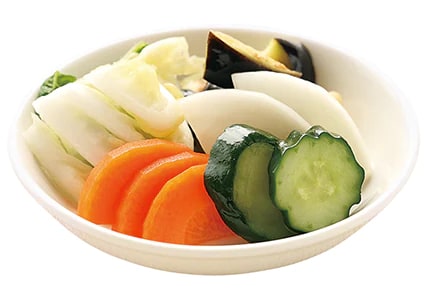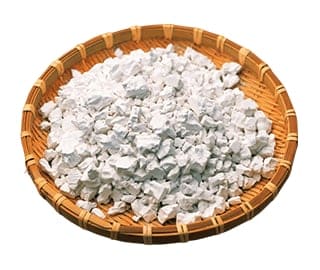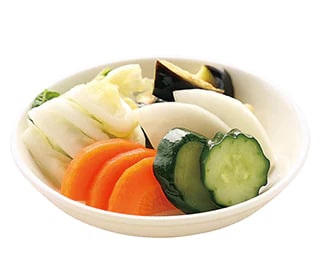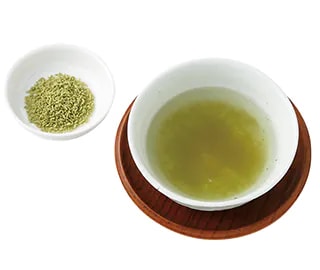
The history of tsukemono, Japanese pickles made through fermentation, can be traced to the eighth century. Tsukemono are a small but indispensable element in washoku, the Japanese traditional diet, and their wide variety reflects the availability of fresh seasonal vegetables, seasonings used and pickling time. In recent years, asazuke, a type of tsukemono made without fermentation, has become popular. Often made at home, asazuke are lightly pickled, mild-cured vegetables marinated briefly in seasoned liquid that combines condiments like salt, dashi, vinegar and soy sauce, all according to personal taste. Asazuke can be enjoyed like a salad, as they retain the freshness of raw vegetables. Markets sell various marinades for making asazuke that include kombu dashi, fermented rice bran, sweet vinegar and other seasonings. Asazuke are popular because they can be made quickly, with minimal prep time: chop up favorite vegetables, place in a container with seasoning liquid, and squeeze the ingredients a few times to allow absorption of flavor before placing in the refrigerator for 15 to 30 minutes. Asazuke should be eaten within a few days after being made.














